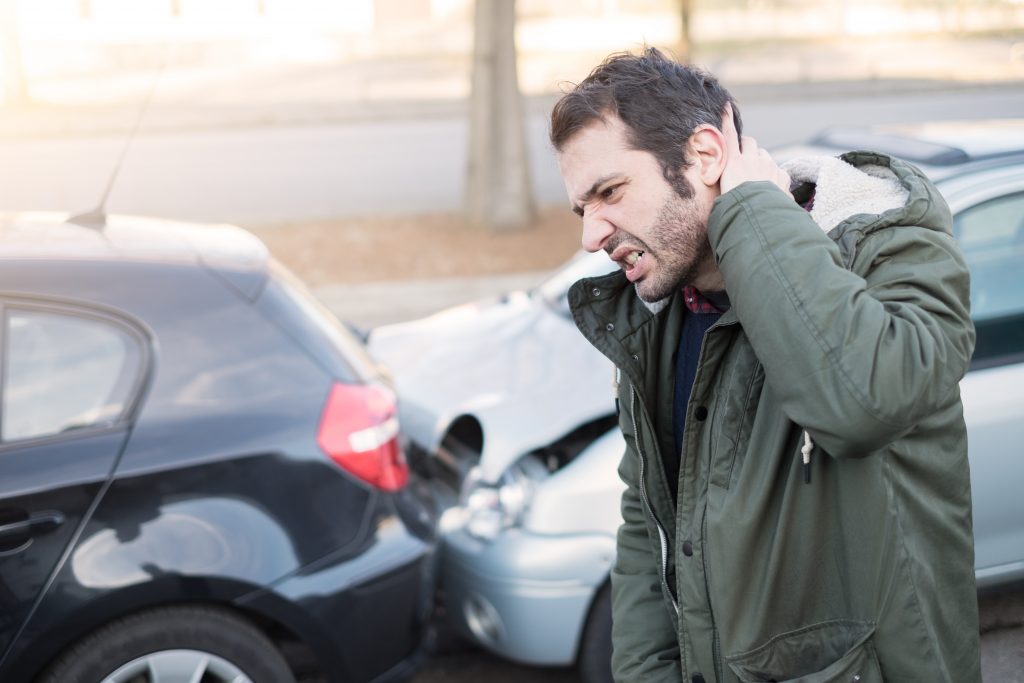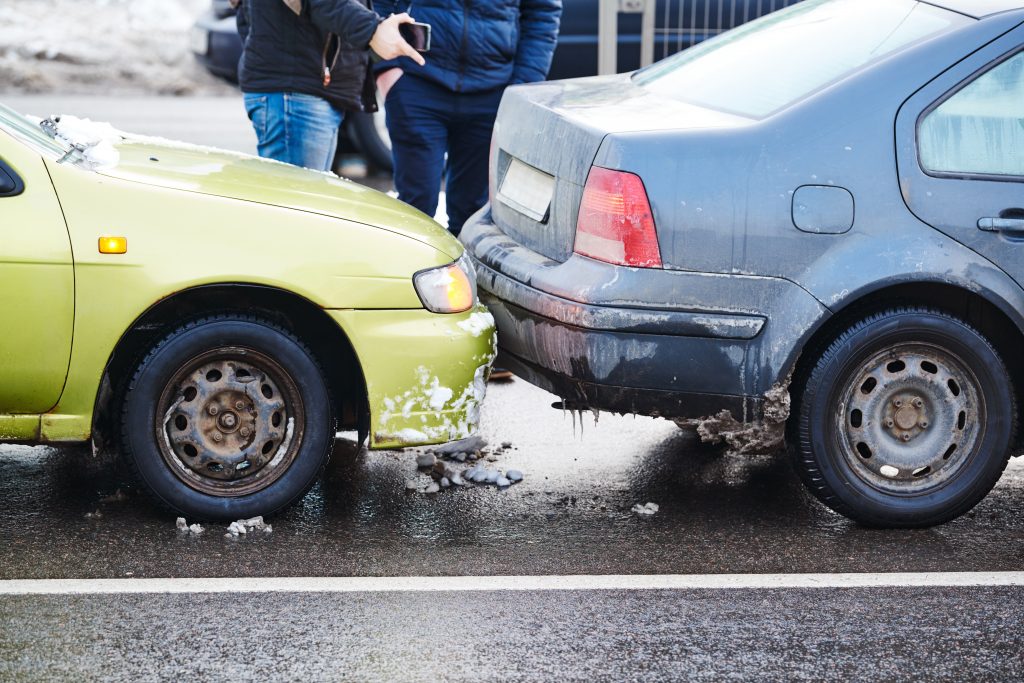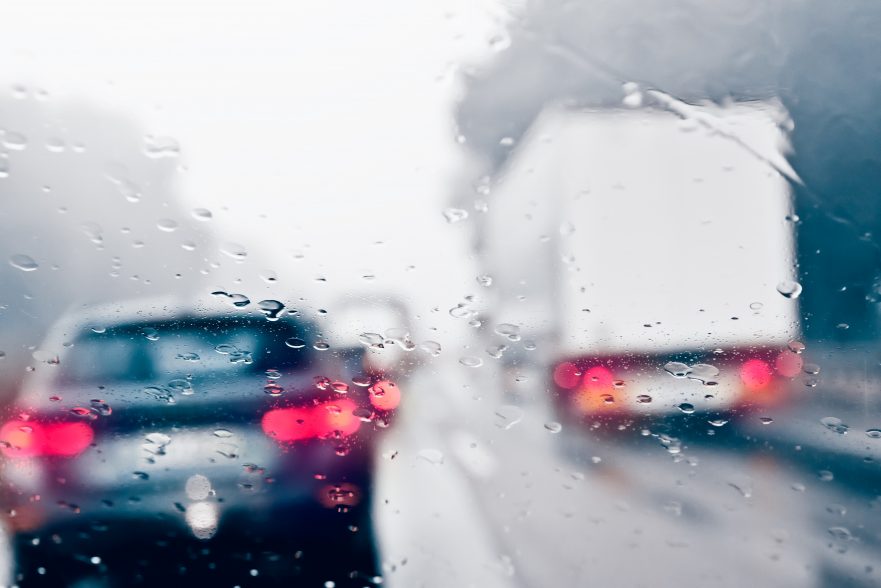A motor vehicle accident can be an emotionally and physically devastating event that happens suddenly and without warning. You might be commuting to work in stop-and-go traffic when the truck driver behind you tries to stop on an icy patch and smashes into the rear of your car. According to the U.S. Department of Transportation, of the almost six million motor vehicle accidents occurring on the nation’s roads each year, 22 percent are related to the weather. Chances are, the truck driver will blame the icy road for causing the accident, but an experienced personal injury lawyer knows that hazardous driving conditions brought on by inclement weather are no excuse for a driver’s negligence.
What degree of care is required of drivers?
Regardless of the weather conditions, all drivers are required to use reasonable and prudent care to maintain control over their vehicles and keep a proper lookout for pedestrians and other vehicles using the roadways. “Reasonable” is determined by anticipating the conduct of a person of average intellect when confronted by facts and circumstances similar to those faced by a motorist at the time of an accident.
A person is expected to make adjustments to the manner in which a vehicle is driven to accommodate changing weather and road conditions in order to maintain control over the vehicle. Drivers who fail to do so and cause accidents could be liable for compensating victims who are injured.
Proving a driver was at fault
If you have been injured in a motor vehicle accident, your attorney must be able to prove the accident was caused by another driver failing to use reasonable and prudent care consistent with the traffic, road conditions, and weather existing at the time of the accident — for example, if a heavy rainfall or blowing snow is making visibility difficult and would require a reduction in a vehicle’s speed to below the posted speed limit. A driver who does not see another vehicle and crashes into it cannot blame the weather. It is the responsibility of the driver to make adjustments to their manner of driving to maintain control over the vehicle as dictated by the weather. 
Proving a driver was negligent relies upon evidence establishing the following:
- A duty owed to the party injured in the accident. In the case of an automobile accident, the duty is to use reasonable and prudent care to maintain control over a vehicle to avoid colliding with other vehicles or roadside objects.
- A breach by one of the drivers of the duty owed to others.
- The existence of injury and damages suffered by the person making the claim for compensation.
- The breach of duty was the proximate cause of the injuries suffered by the party making the claim.
Bad weather does not change what needs to be proven to establish negligence on the part of a driver, but it could lead to the defendant, the party being sued for compensation, claiming that the accident was unavoidable due to the weather conditions. It is up to the attorney for the injured party to prove the cause of the accident was the failure of the defendant to take steps to adapt to the weather.
Weather conditions and a driver’s reactions to them
reactions to them
Weather can be a factor in impairing a motorist’s ability to control a vehicle. Typical weather conditions and their impact on a driver include:
- Fog: Depending upon its density, fog can severely limit the distance at which a motorist can see the road and other vehicles. A reduction in the time a driver has to react to a situation because of being unable to see could require a reduction in speed and paying closer attention to the road.
- Wind: High winds can make it difficult to control a vehicle, particularly if the wind is coming from the side. Sand, dust, dirt, and snow blown around by high winds can obscure a driver’s visibility. A motorist driving in extremely windy conditions should exercise caution by reducing the vehicle’s speed as necessary to maintain control.
- Snow and sleet: Driving in snow and sleet affects a motorist’s ability to see, in addition to causing slippery conditions. Turning on headlights to make your vehicle more visible is one way to reduce the risk of an accident. Reducing your speed, leaving enough space between your vehicle and others to avoid sudden braking, and avoiding riding alongside other vehicles in the event one of them skids out of control are a few ways to reduce the chances of a collision.
Rain is even more dangerous than other types of weather conditions for drivers. You could lose control of your vehicle through hydroplaning, when your tires lose contact with the road surface. Stopping distances, vehicle control on curves and turns, and visibility are some of the impaired behaviors that drivers can experience when it rains. Turning on your headlights, slowing down, and replacing your windshield wiper blades before they wear out completely are some of the ways to be a safer driver in the rain.
Getting help when injured
A personal injury attorney can help when you are injured in a weather-related accident. Weather does not cause accidents, but it does require drivers to use caution and make adjustments in how they operate their vehicles. Motorists driving in the snow or rain with tires with dangerously worn tread or who fail to slow down to safer speeds violate the duty of care all drivers owe to other people using the roads and could be responsible for damages in the event of an accident.

